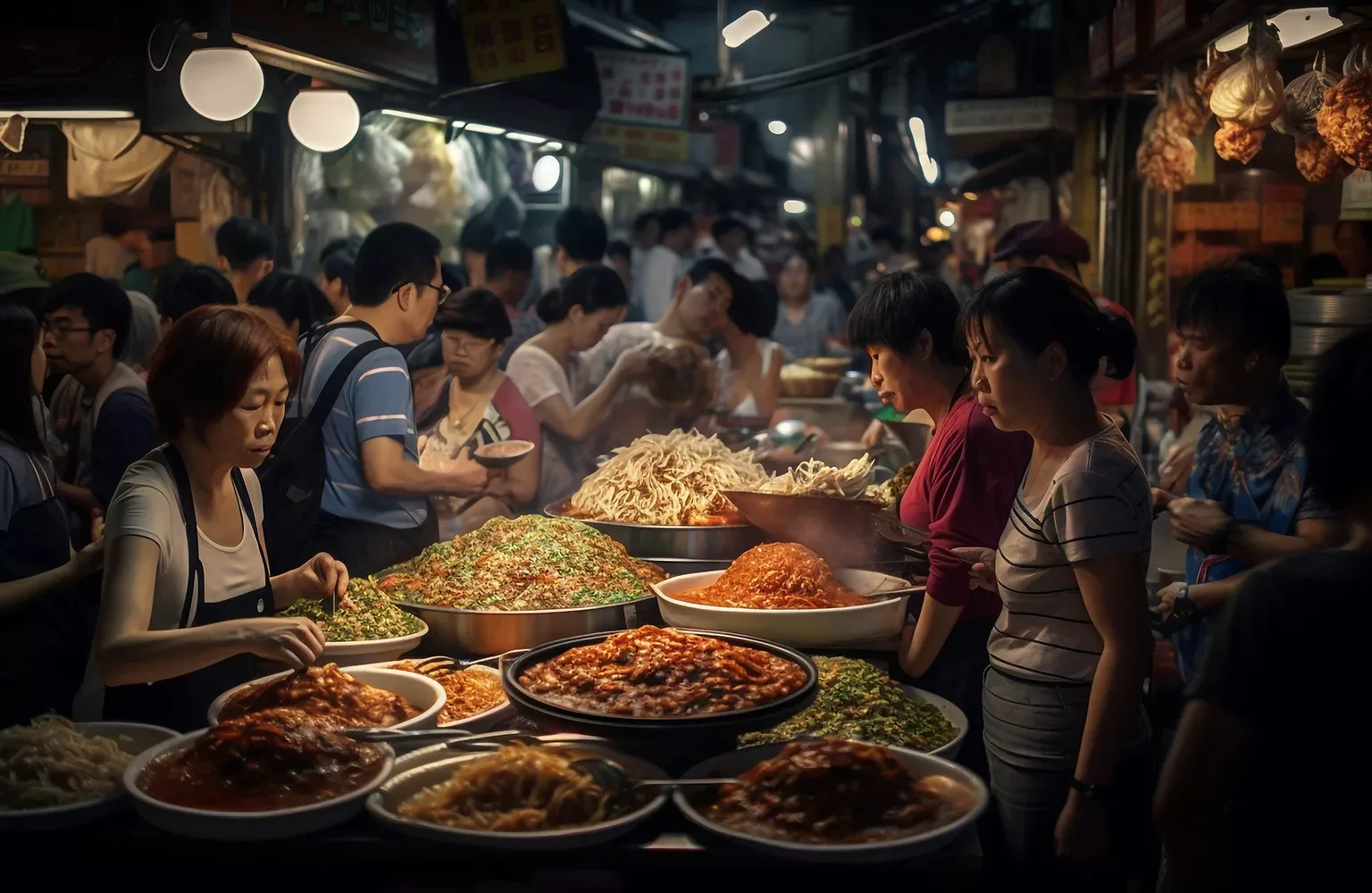-
Street Food Stories: A Journey Through Southeast Asia’s Flavours
For many travellers, the best way to experience Southeast Asia is through its bustling street food stalls. More than just meals, street food represents history, culture, and community — a culinary language that speaks across borders. From smoky satay skewers in Malaysia to fragrant bowls of pho in Vietnam, every dish tells a story. Join us on a journey through Southeast Asia’s street food and discover why these dishes captivate locals and tourists alike.

The Cultural Role of Street Food
Street food in Southeast Asia is more than quick, affordable dining. It’s a reflection of tradition and everyday life. Many recipes have been passed down for generations, evolving alongside local communities. Street food stalls often double as gathering spots, where people from all walks of life share meals and conversations.
The vibrant atmosphere of hawker centres, night markets, and roadside stalls is as much a part of the dining experience as the food itself. For travellers, sampling these dishes offers a direct connection to the soul of each country.
Malaysia: Satay and Nasi Lemak on the Streets
Malaysia’s street food is a true melting pot of Malay, Chinese, and Indian influences. Satay, skewered meat grilled over charcoal and served with peanut sauce, is a national favourite. It’s smoky, savoury, and perfectly balanced with sweet-spicy dips.
Another iconic dish is nasi lemak, Malaysia’s unofficial national dish, often sold from roadside stalls wrapped in banana leaves. With coconut rice, sambal, anchovies, and boiled eggs, nasi lemak is comfort food at its finest — cheap, filling, and deeply rooted in Malaysian culture.
Thailand: Pad Thai and Mango Sticky Rice
No conversation about Southeast Asian street food is complete without Thailand. Pad Thai, a stir-fried noodle dish with shrimp, tofu, peanuts, and lime, is one of the most beloved street meals worldwide. Its balance of sweet, sour, and savoury reflects Thai cooking philosophy.
For dessert, mango sticky rice is a must-try. Fresh mangoes paired with sticky rice cooked in coconut milk create a dish that is both simple and indulgent. Night markets in Bangkok are filled with vendors serving this treat to eager crowds.
Vietnam: Pho and Banh Mi
Vietnamese street food is globally recognised for its fresh ingredients and fragrant flavours. Pho, a noodle soup with beef or chicken, is eaten at all times of the day, often from humble street stalls. The aromatic broth, simmered with spices like star anise and cinnamon, is the heart of the dish.
Meanwhile, banh mi reflects Vietnam’s French colonial influence. This baguette sandwich, filled with meats, pickled vegetables, and herbs, is a perfect example of cultural fusion and is one of the most portable and beloved street foods worldwide.
Indonesia: Satay, Bakso, and Gorengan
Indonesia’s vast archipelago offers a rich street food culture. Bakso, meatball soup, is a street food staple, often sold from pushcarts. It’s hearty, affordable, and loved across the nation.
Gorengan, or deep-fried snacks, are also popular. From fried tofu to tempeh and banana fritters, these crunchy bites are cheap, addictive, and perfect with a cup of sweet tea.
Of course, Indonesia also boasts its own style of satay, often spiced differently from the Malaysian version, showing how even shared dishes vary by country.
The Philippines: Isaw and Halo-Halo
The Philippines brings adventurous flavours to its street food scene. Isaw, grilled chicken or pork intestines, is marinated and charred to smoky perfection. While unusual to outsiders, it’s beloved locally for its bold flavours.
For something sweeter, halo-halo is a colourful dessert made with shaved ice, milk, jellies, fruits, and purple yam. Sold from roadside vendors, it’s refreshing in the tropical heat and a playful mix of textures and tastes.
Singapore: Hawker Culture at Its Finest
Singapore has elevated street food into a celebrated culinary culture, with hawker centres recognised by UNESCO. Dishes like Hainanese chicken rice, char kway teow, and laksa are world-famous. Each stall often specialises in one dish, perfecting it over decades.
What makes Singapore’s street food unique is its balance of affordability and quality — Michelin-starred meals can be enjoyed for just a few dollars. It’s proof that street food can rival fine dining in flavour and cultural value.
Why Street Food Connects Us
Street food isn’t just about taste; it’s about connection. It connects locals to their heritage, travellers to new cultures, and communities to each other. Each bite carries the stories of families, traditions, and regions. The accessibility of street food ensures that everyone — from students to executives — can share the same experience.
Tips for Enjoying Street Food Safely
For first-time travellers, eating street food can feel intimidating. Here are some tips:
- Choose stalls with long queues — locals know what’s good.
- Eat freshly cooked items instead of pre-prepared ones.
- Drink bottled or filtered water when trying new places.
- Be adventurous but start with familiar dishes if you’re cautious.
With these tips, you can dive into Southeast Asia’s street food confidently.
Final Thoughts: A Feast for the Senses
Southeast Asia’s street food is more than a culinary experience — it’s a journey through culture, tradition, and community. From Malaysia’s satay to Vietnam’s pho, each dish tells a unique story of heritage and creativity.
For busy locals, it’s a daily meal. For travellers, it’s a memory that lingers long after the trip ends. So the next time you find yourself in Southeast Asia, skip the fancy restaurants for a night and follow the aroma of sizzling woks, smoky grills, and bubbling soups — the true heart of the region’s flavours lies on the streets.